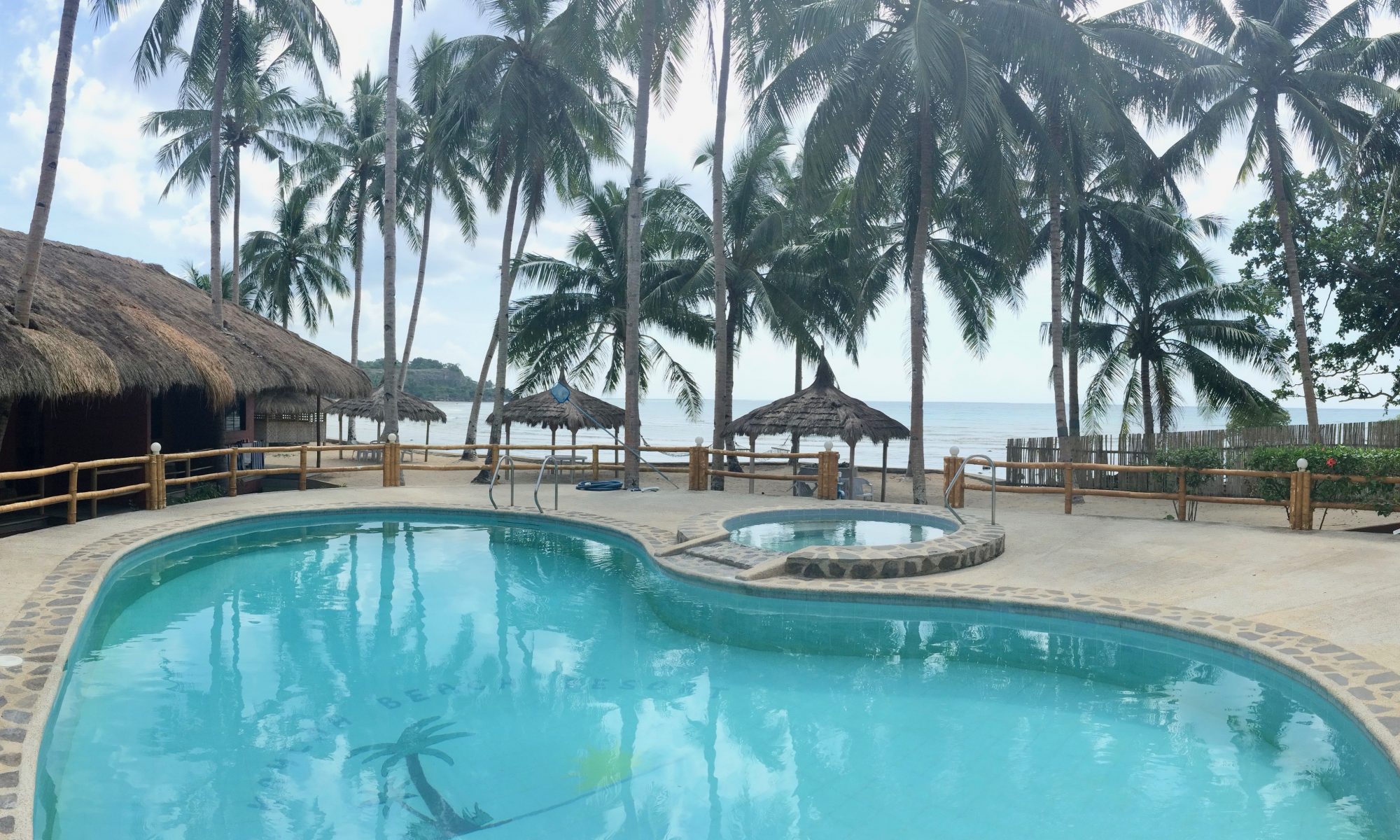Hue Vietnam
Khai Dinh tomb was our first stop on our city tour with our English speaking guide Ngoc Phuong (aka Show). I hope we got that right!
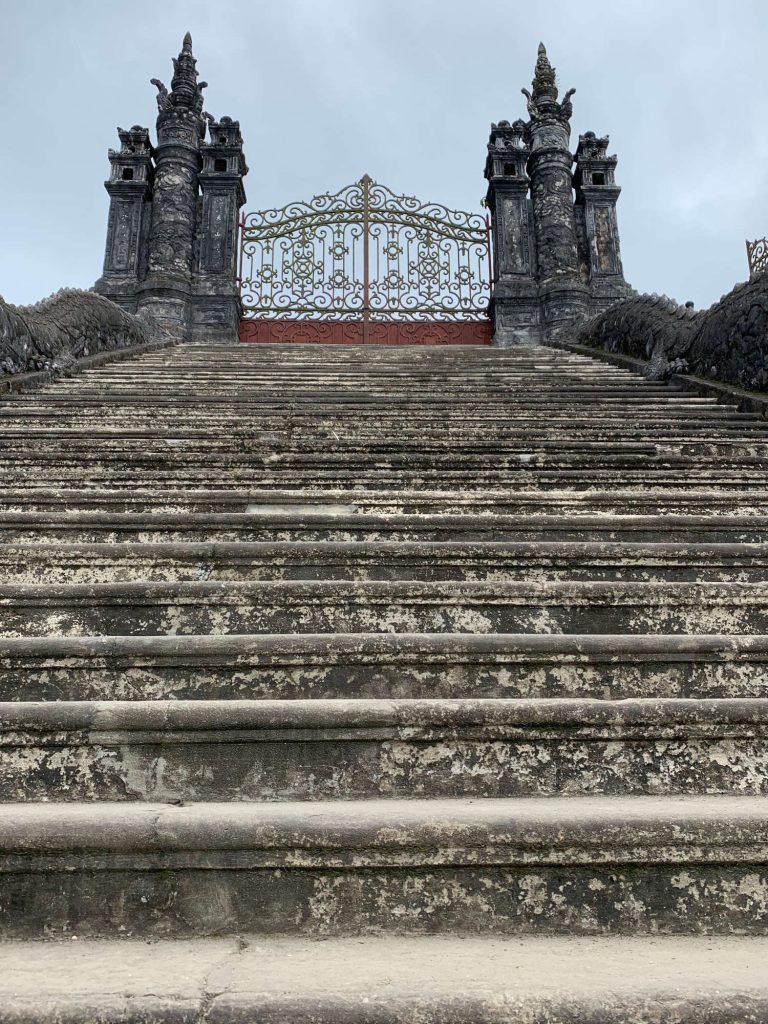
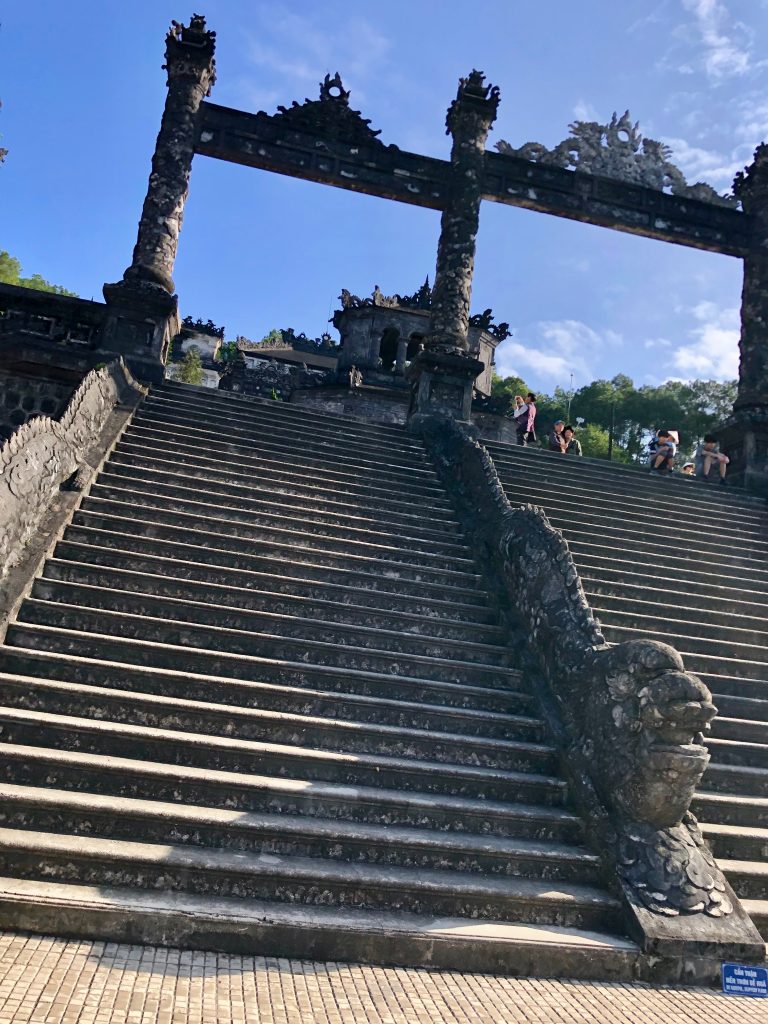
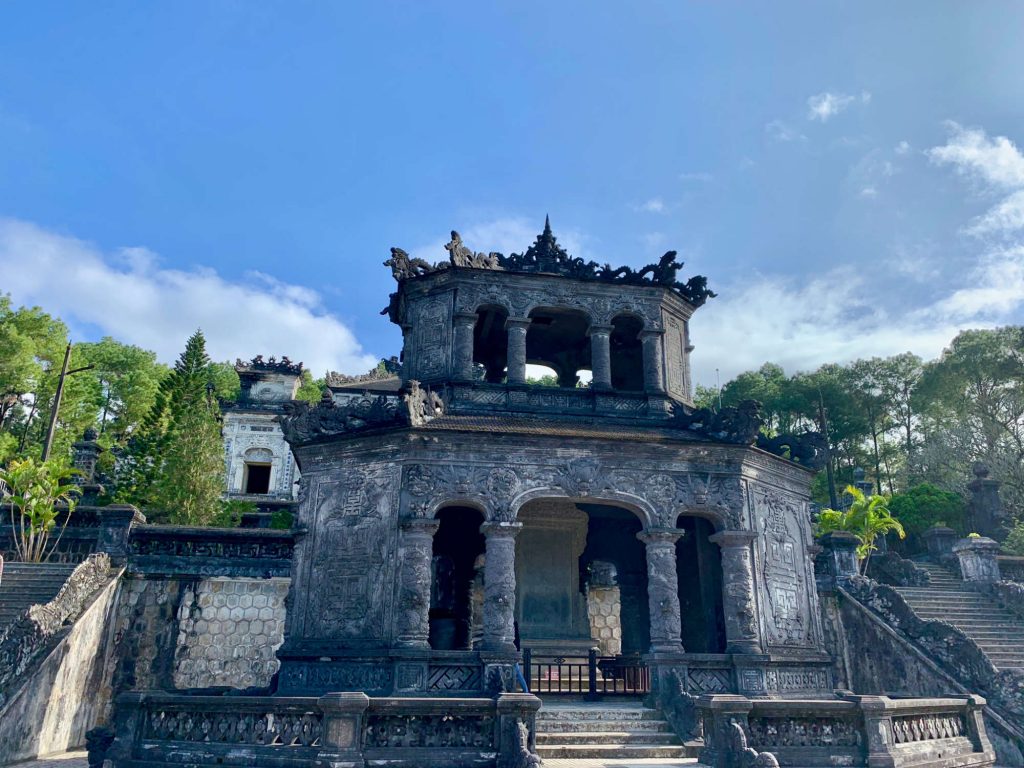
The main entrance is served by a massive set of steps. Inside there are lots of intricately designed porcelain and glass decorations on the walls. The ceiling of the palace was decorated with 9 dragons.
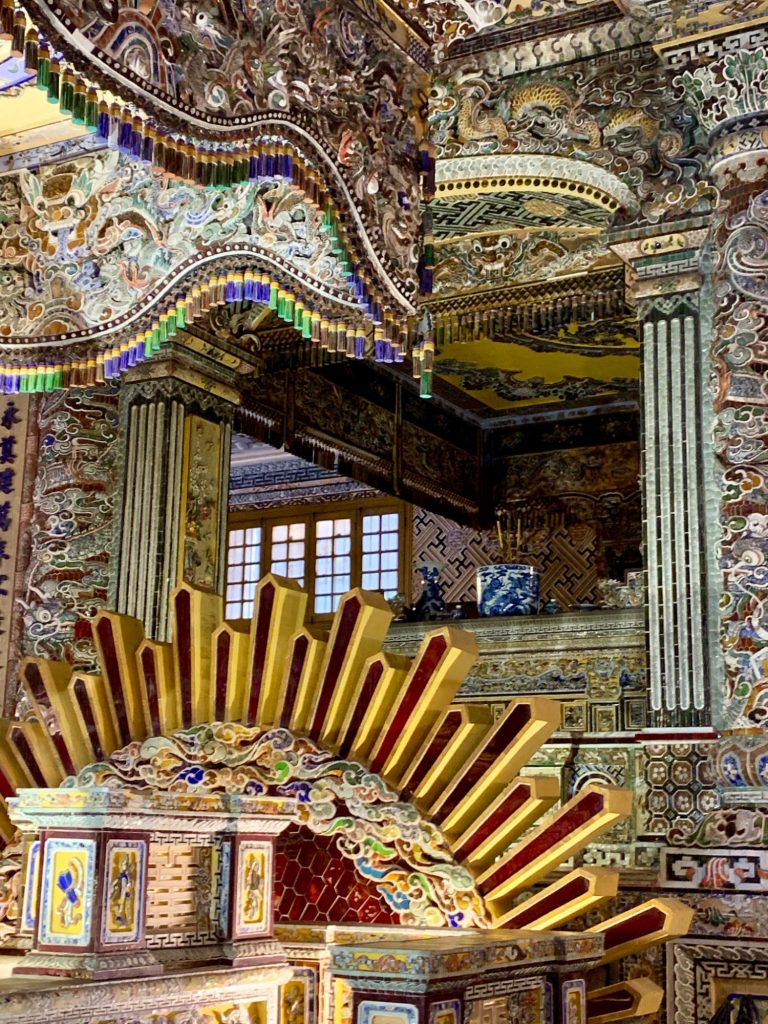
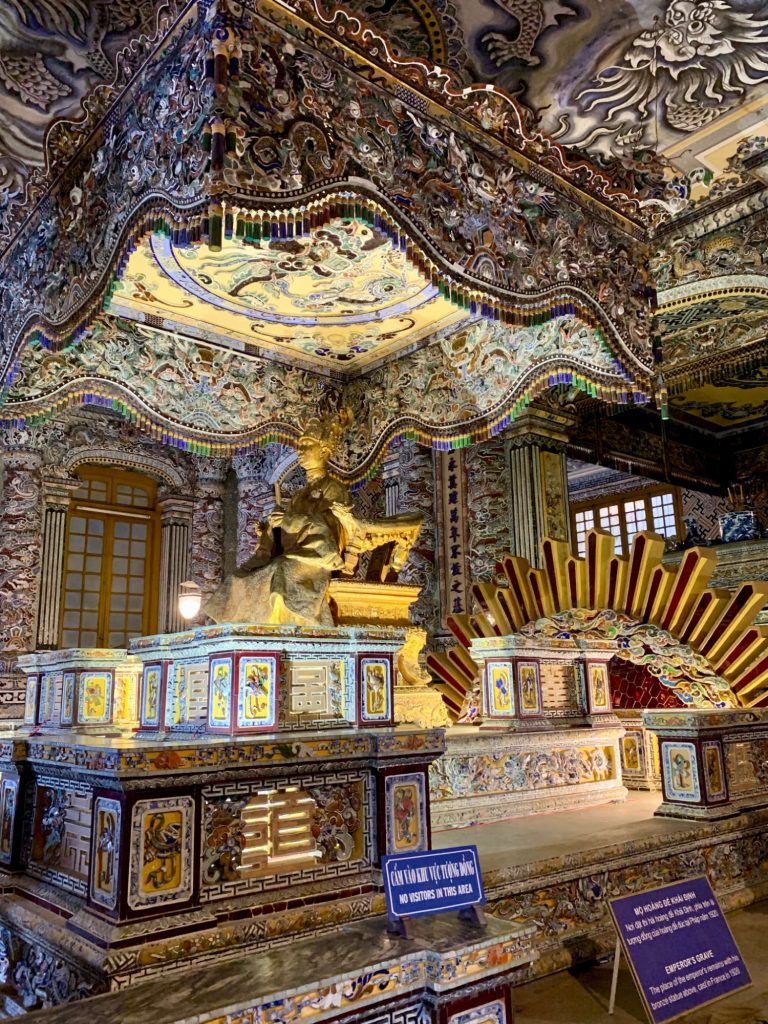
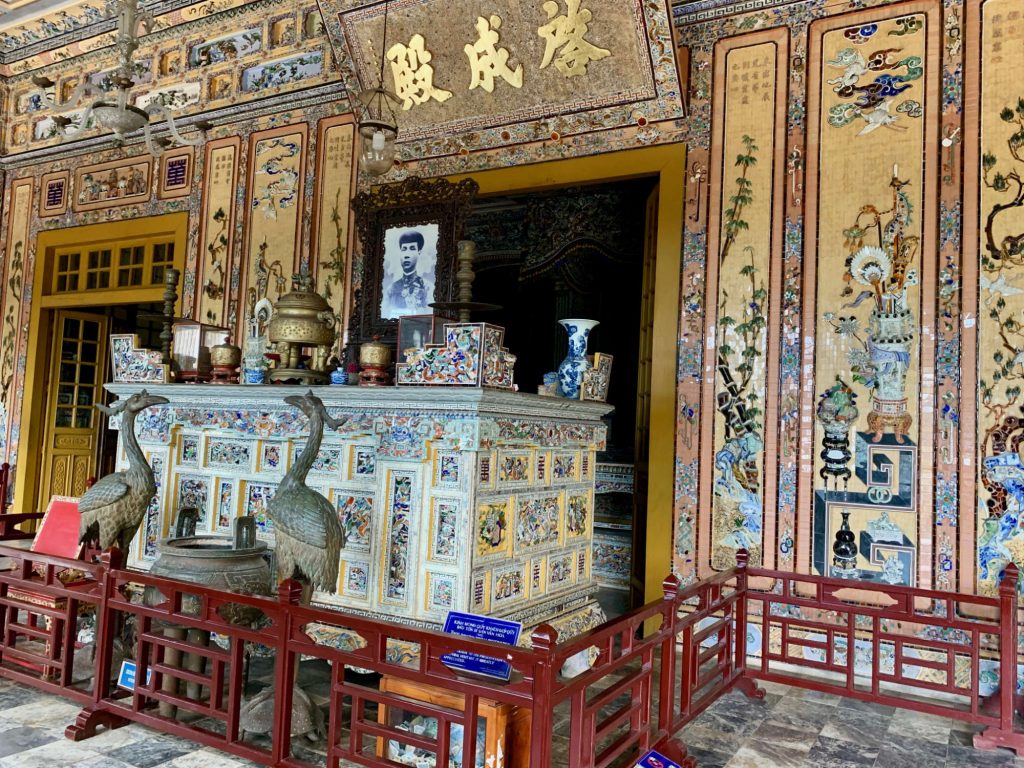
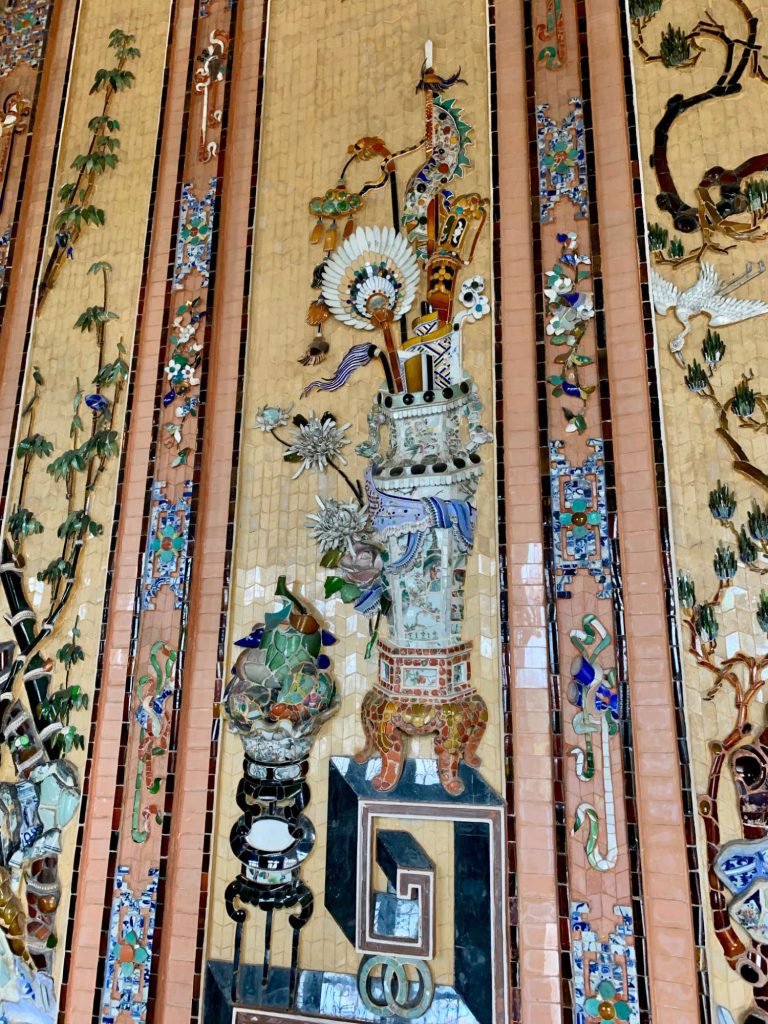
Our second stop was Minh Mang tomb. Minh Mang was the second emperor of the Nguyen Dynasty of Vietnam. He reigned from Feb 14, 1820 until his death Jan 20, 1841. He was well known for his opposition to French involvement in Vietnam. In 1825 he banned missionaries from entering Vietnam. Between 1833 and 1838 he sentenced seven missionaries to death to stifle the spread of christianity. Over 70% of Vietnamese are Buddhist today.
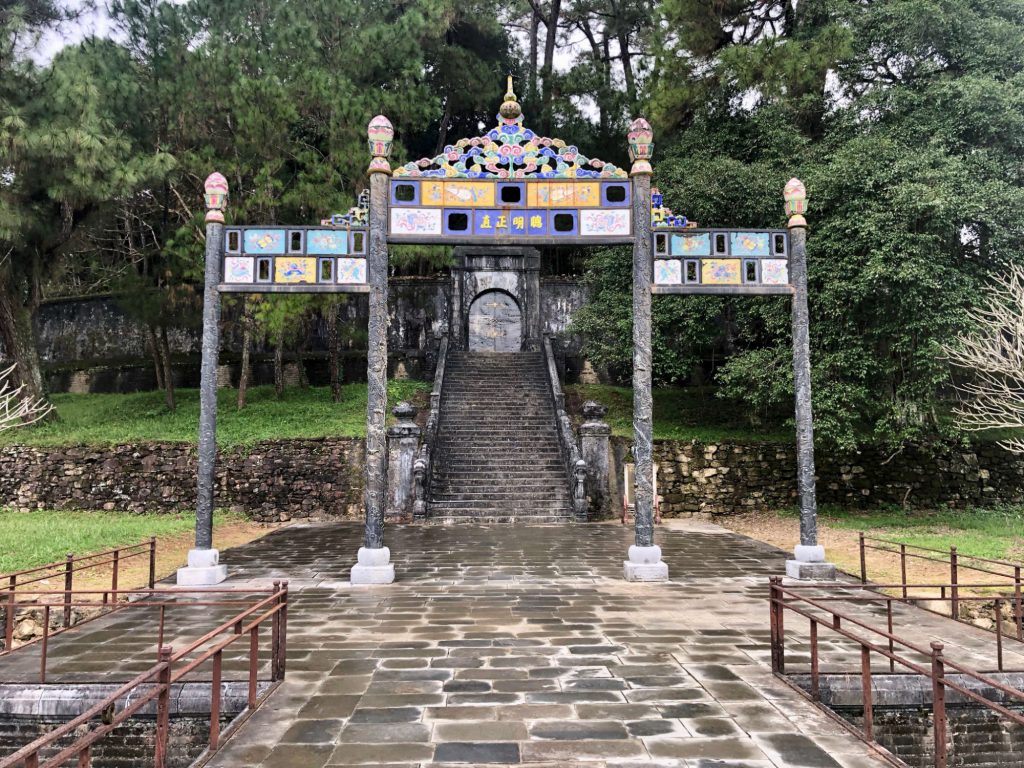
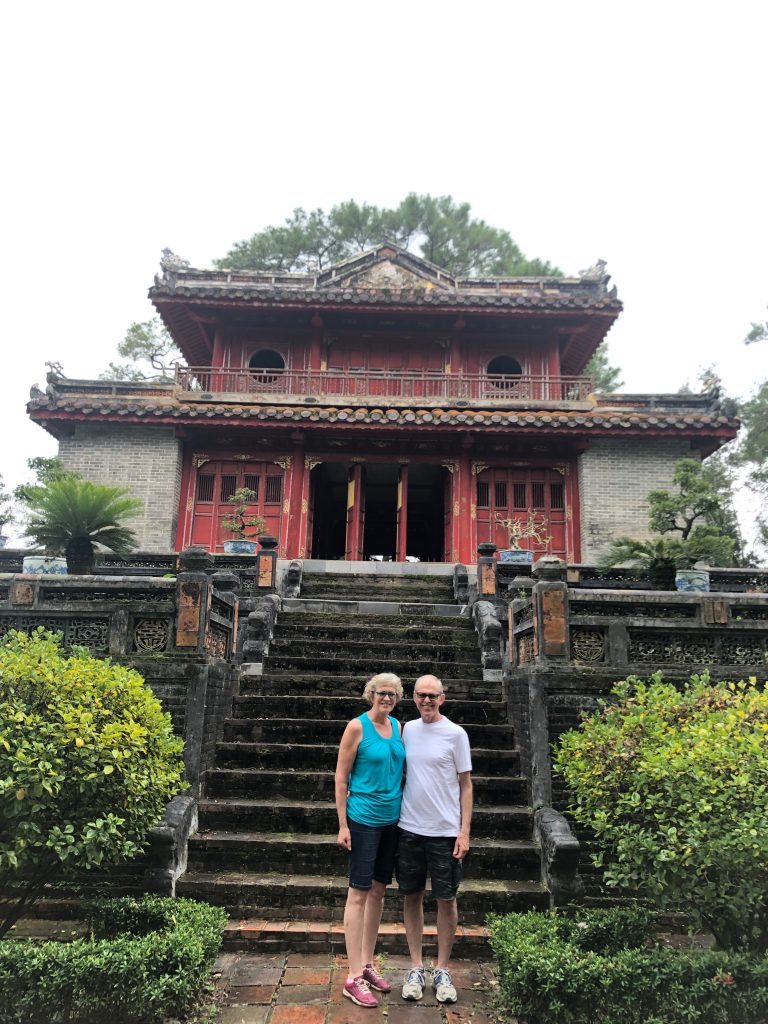
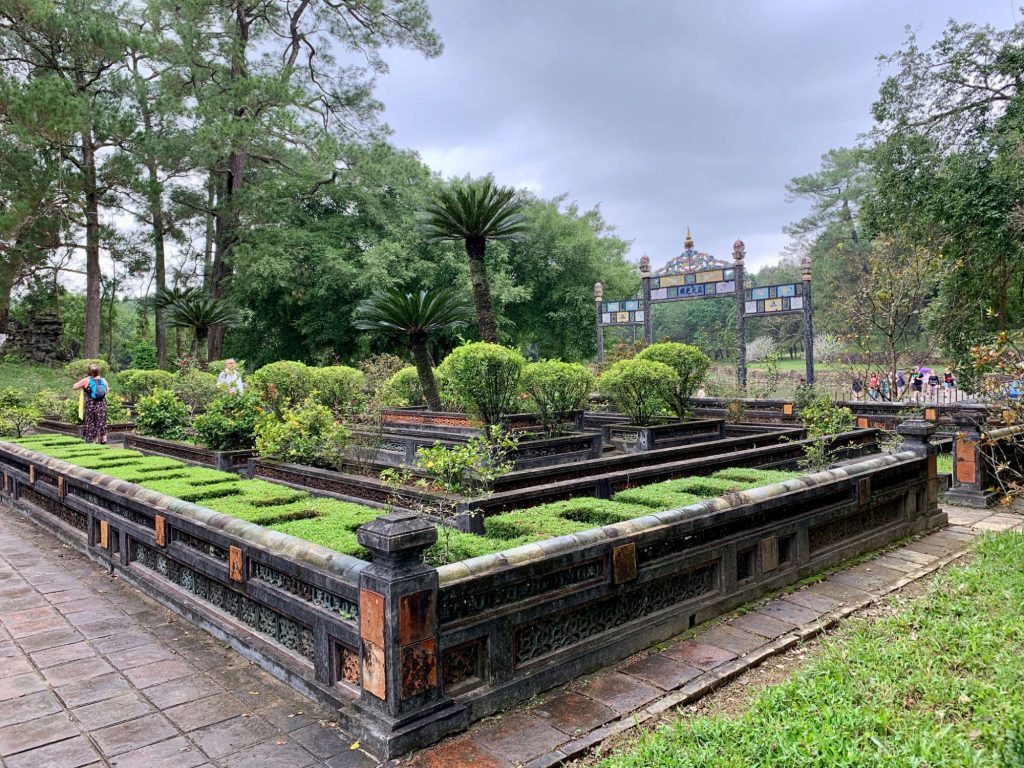
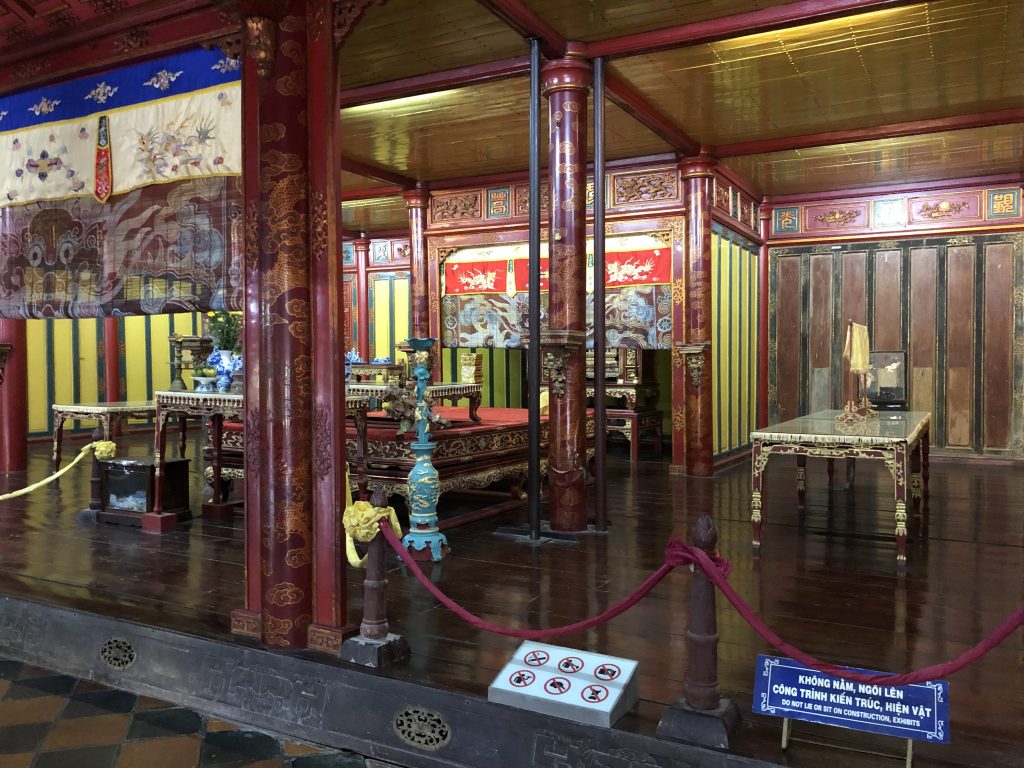
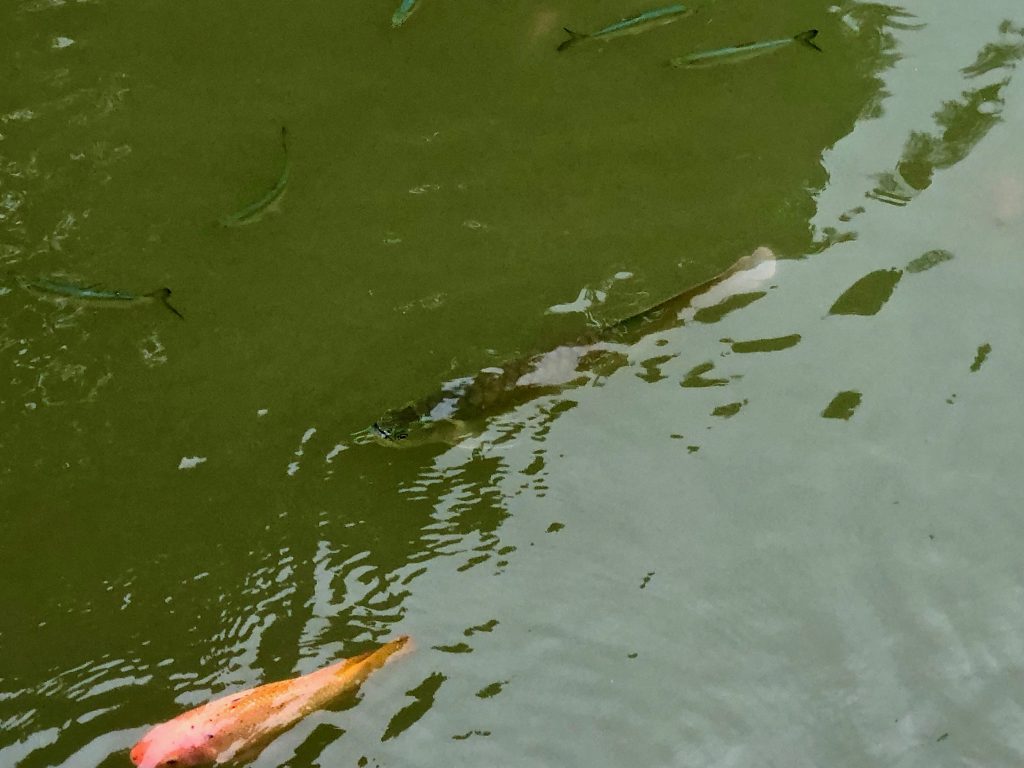

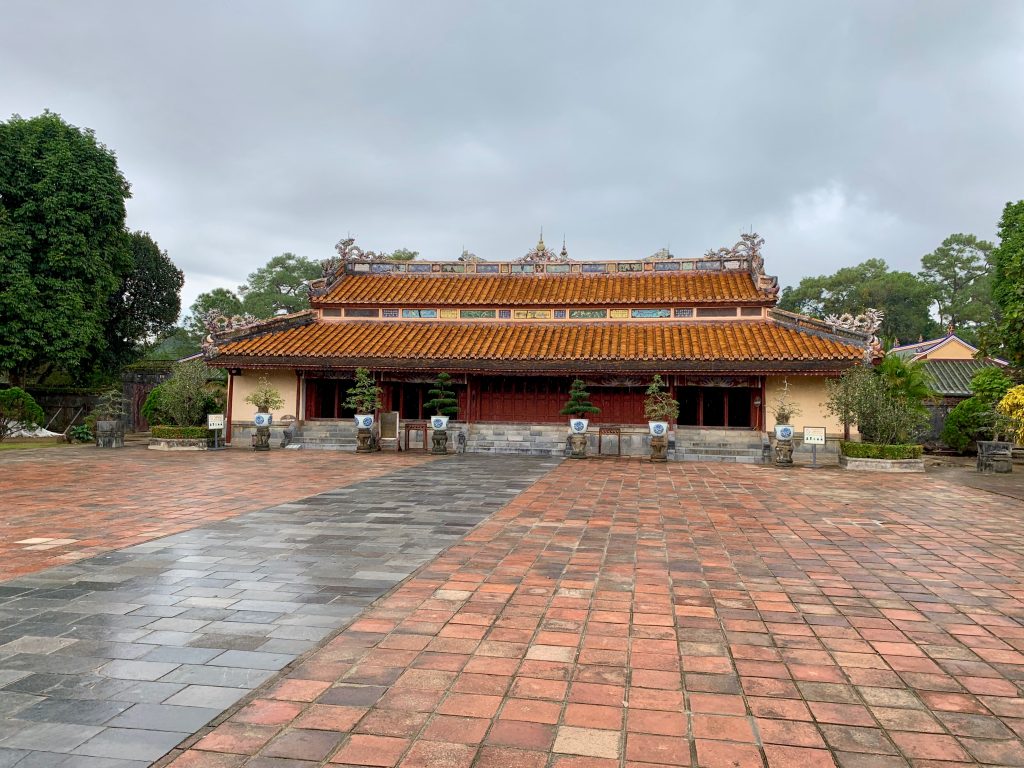
Our Third stop was Tu Duc Tomb. This was built for the Emperor Tu Duc taking 3 years to build from 1864 – 1867. Emperor Tu Duc was the longest reigning monarch the Nguyen Dynasty, ruling from 1848 – 1883.
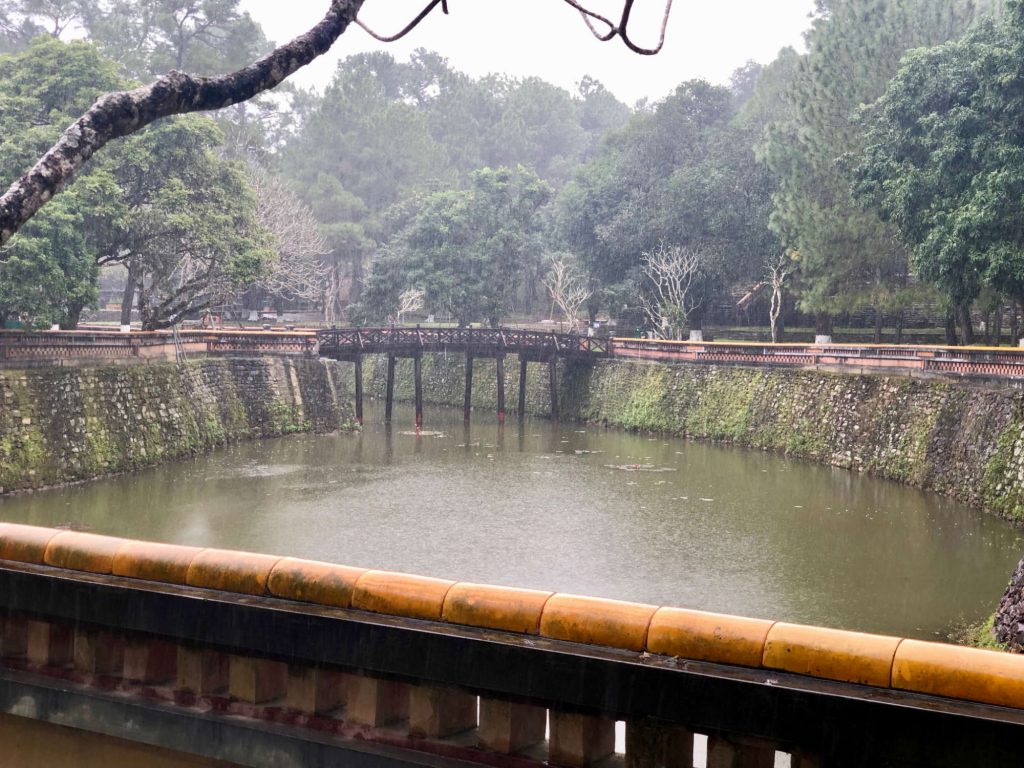

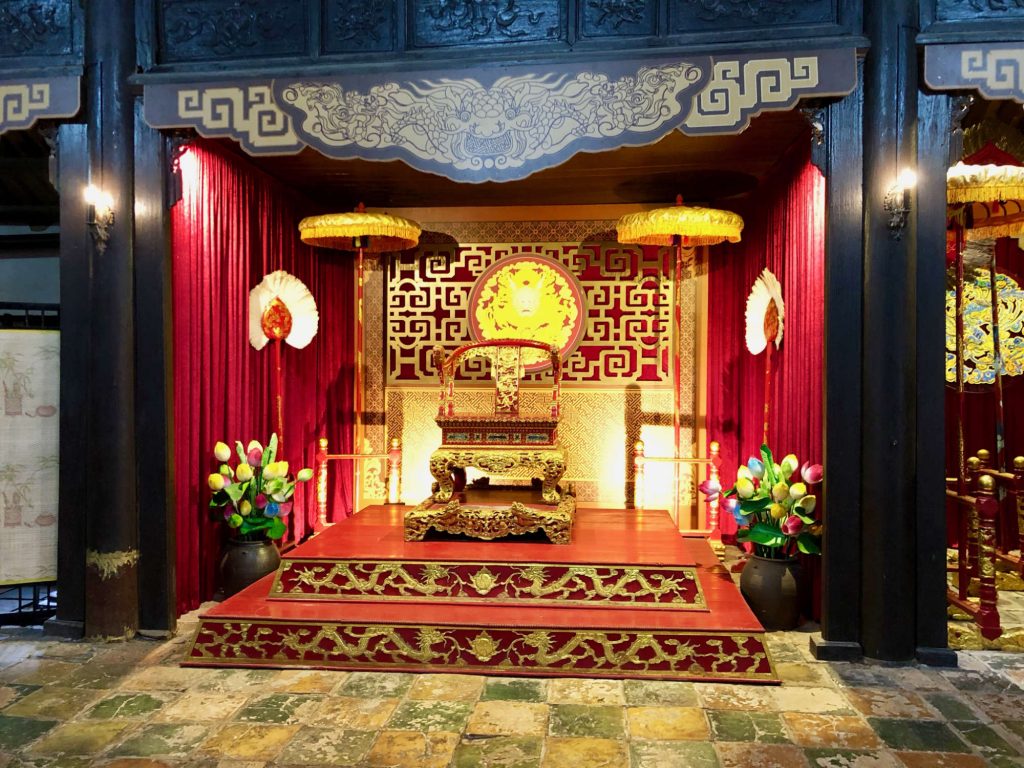
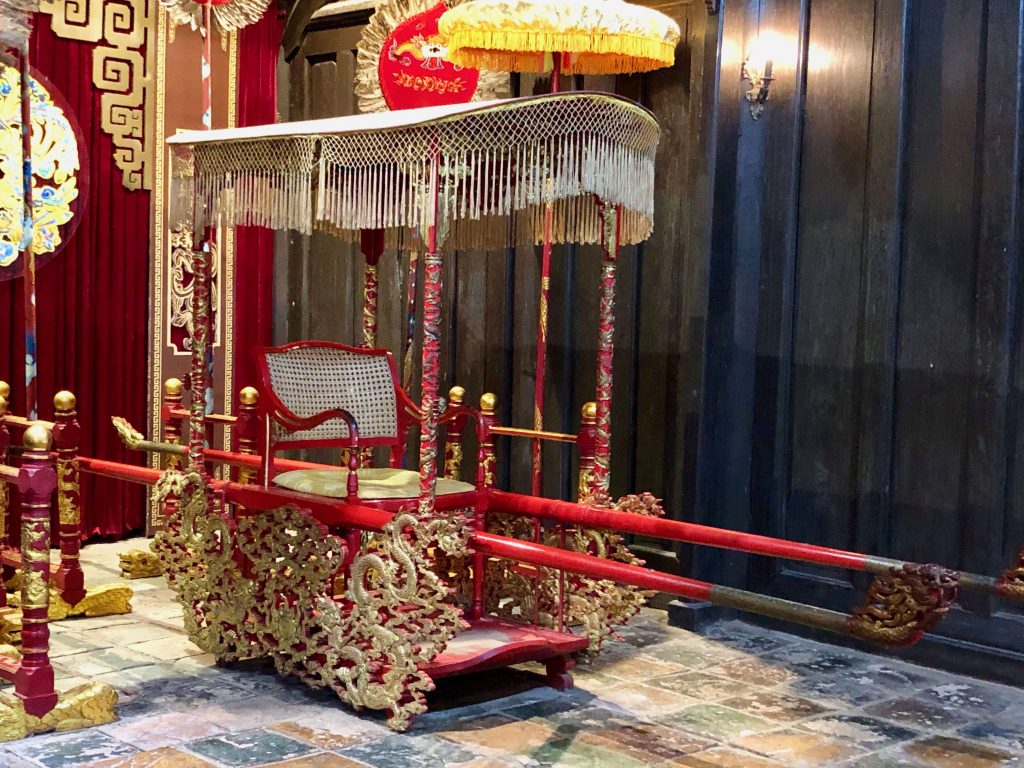
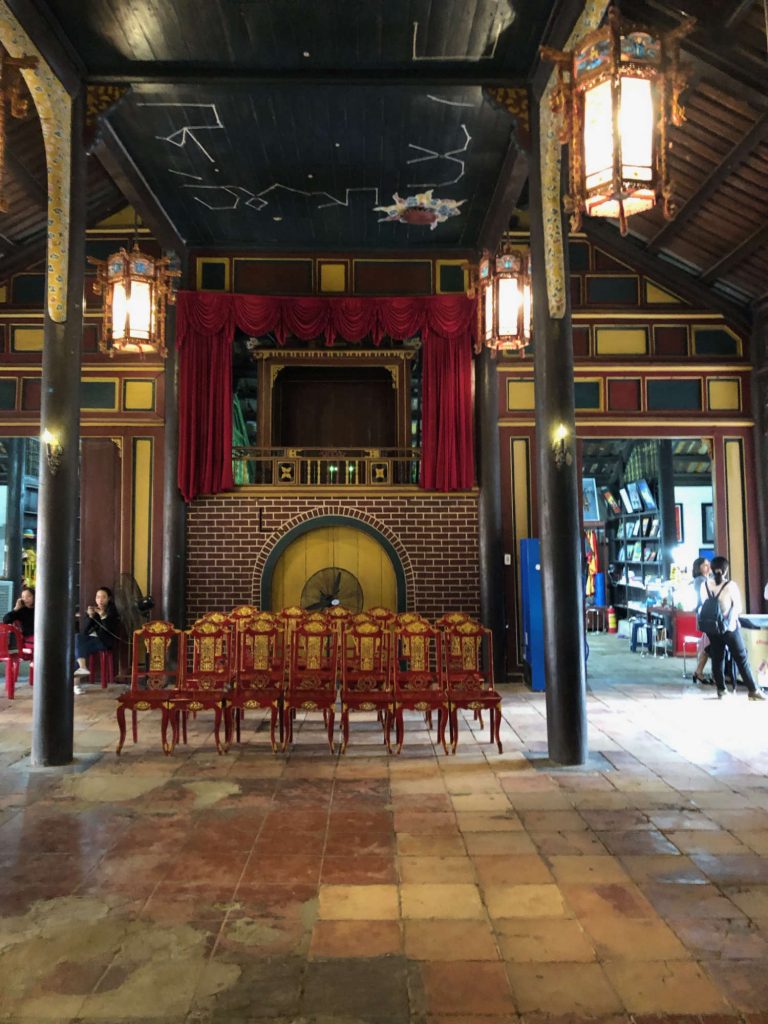
The son of Emperor Thieu Tri, Prince Nguyen Phuoc Hoang Nham was chosen over his older brother to succeed his father. He ascended the throne in 1847, taking the reigning name Tu Duc. He continued his father’s persecution of missionaries and opposition to trading and diplomatic relations with European powers. Executions reached such proportions that the French in 1856 sent a formal letter of protest to the court of Hue.
He had over 100 wives and concubines and failed to produce any heir to his throne. It is believe he was sterile from having contracted small pox.

Our Fourth stop was the incense store / incense manufacturing. Here we saw how incense sticks are handmade at a small table. Linda tried her hand at the art of making incense sticks. We looked around the shops and ended up buying a small hand held decorative fold out fan.
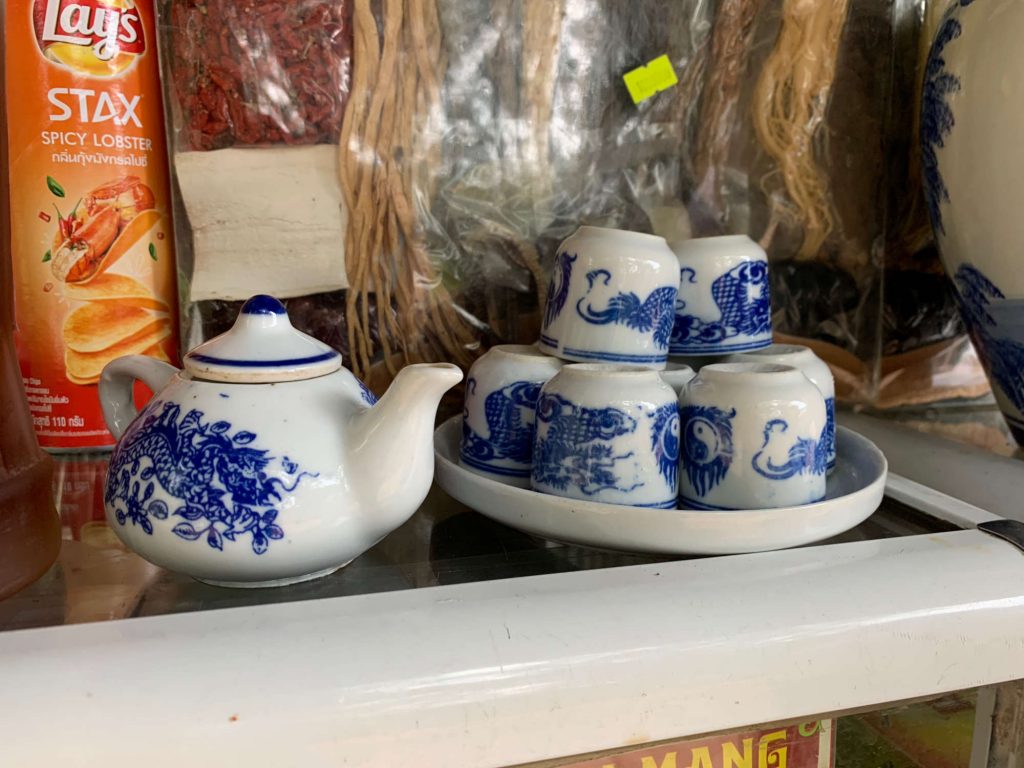
Our Fifth stop was the Elegant Restaurant. Here we were served a pre-set menu as part of our tour package (drinks extra charge).
- Chicken and Mushroom Soup
- Fried Duck Spring Roll
- Egg Plant with Ginger Sauce
- Braised Chicken with Lemongrass
- Red Snapper Fish with Sweet and Sour Sauce
- Steamed Rice
- Fruit Salads
We also ordered a Tiger beer for good luck. Lunch was very tasty, in fact it was so good we went back to the restaurant the next night for our final night in Hue
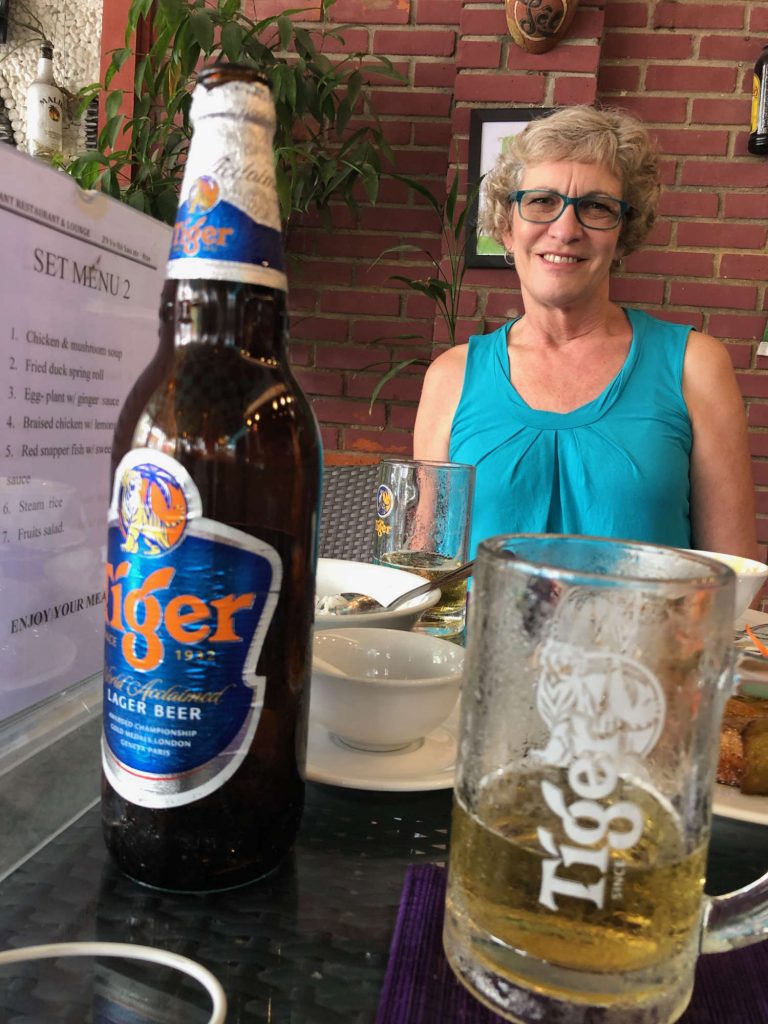
Our Sixth stop was the Imperial City of Hue. The Imperial city is a walled enclosure within the Citadel of the city of Hue, the former Imperial capital of Vietnam. It is a UNESCO world heritage site.
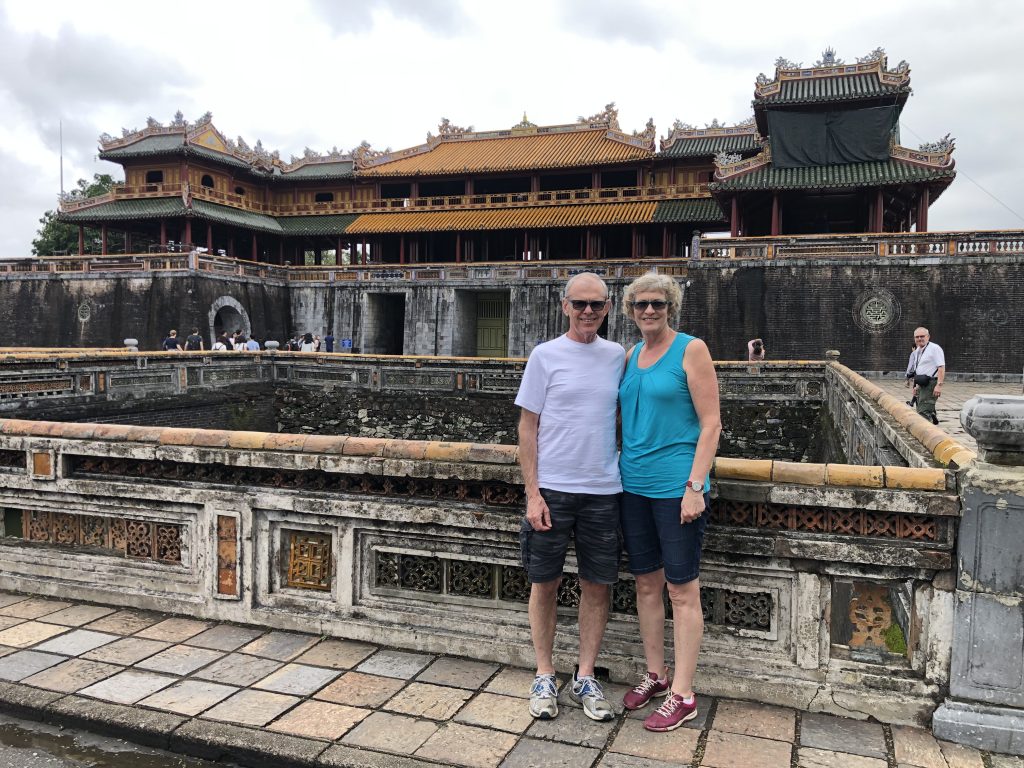
The Citadel (Imperial City) was damaged in a war with the French in 1947 that destroyed many of the major structures. The American / Vietnam war in 1968 battle of Hue initially US troops were ordered not to bomb the city because of the historic structure. As casualties mounted, the allied forces had to begin bombing due to the anti aircraft guns on the Citidel’s outer towers. Out of 160 buildings only 10 major sites remained because of the battle. The buildings that remained are being restored and preserved.

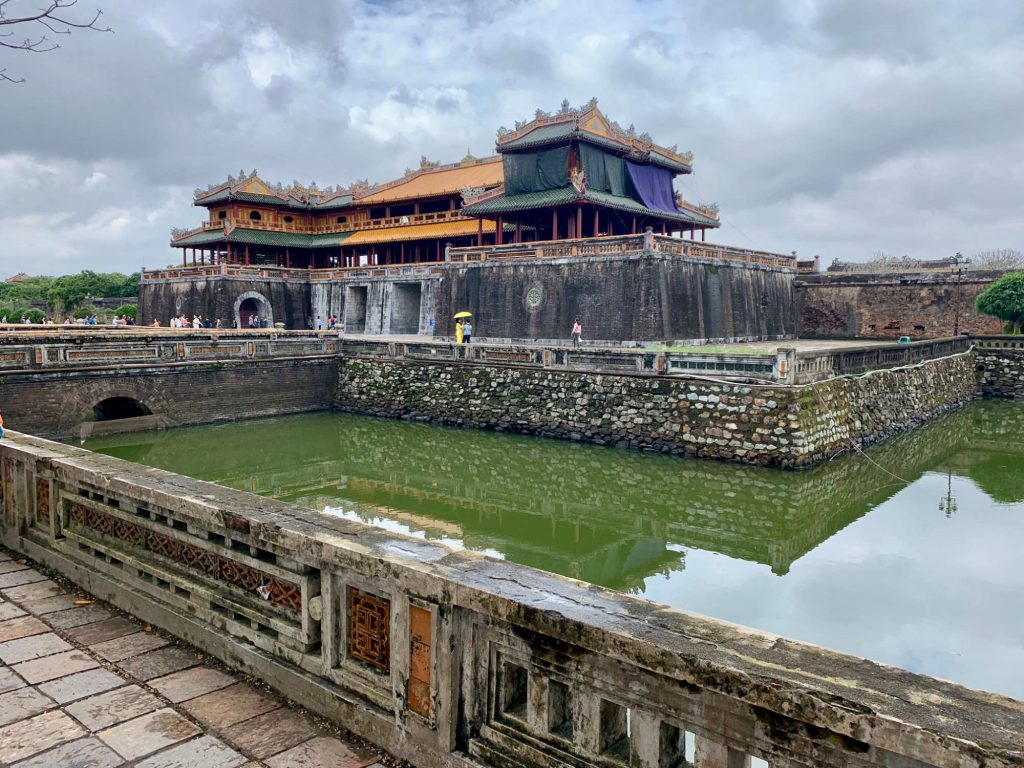
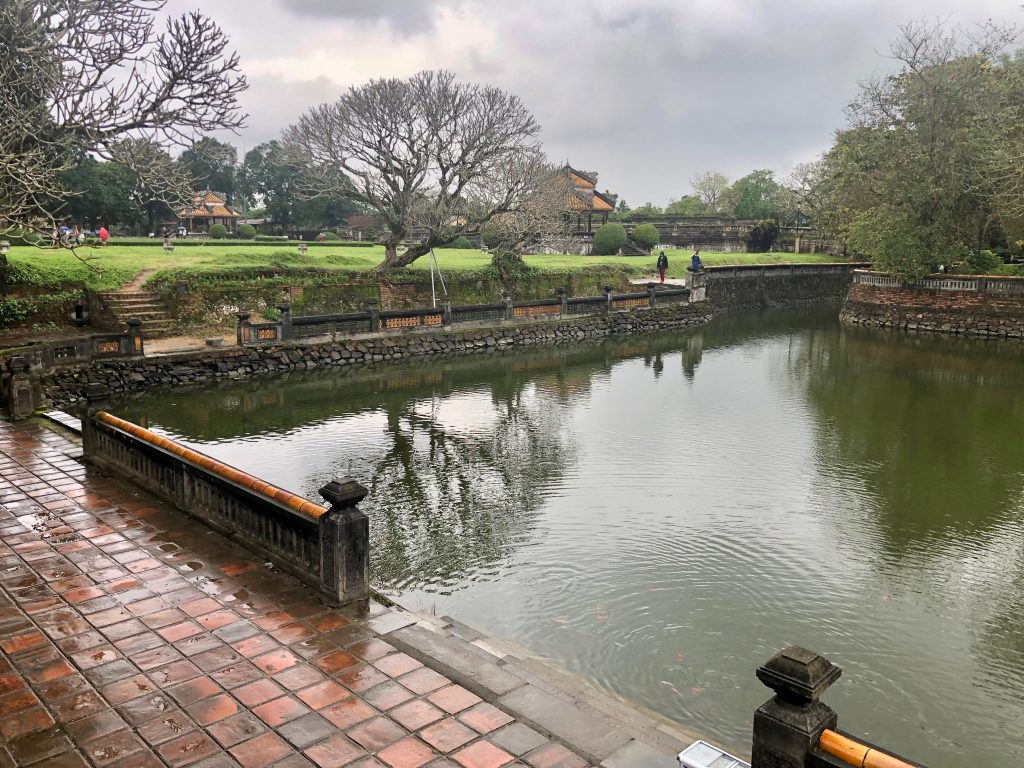


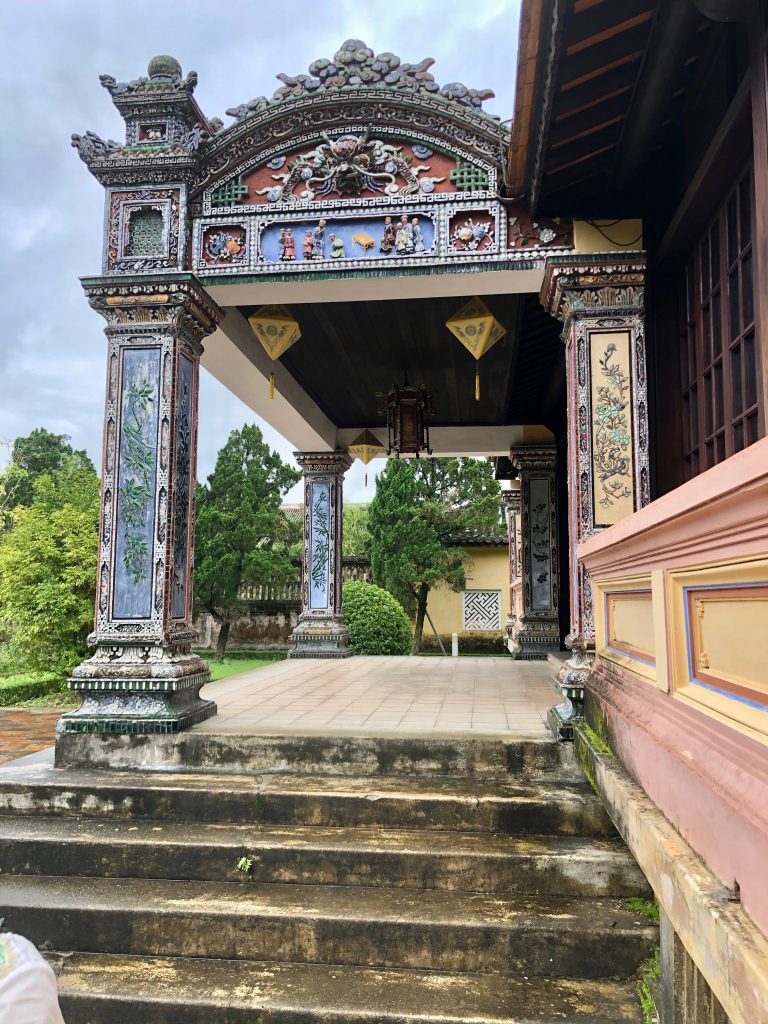

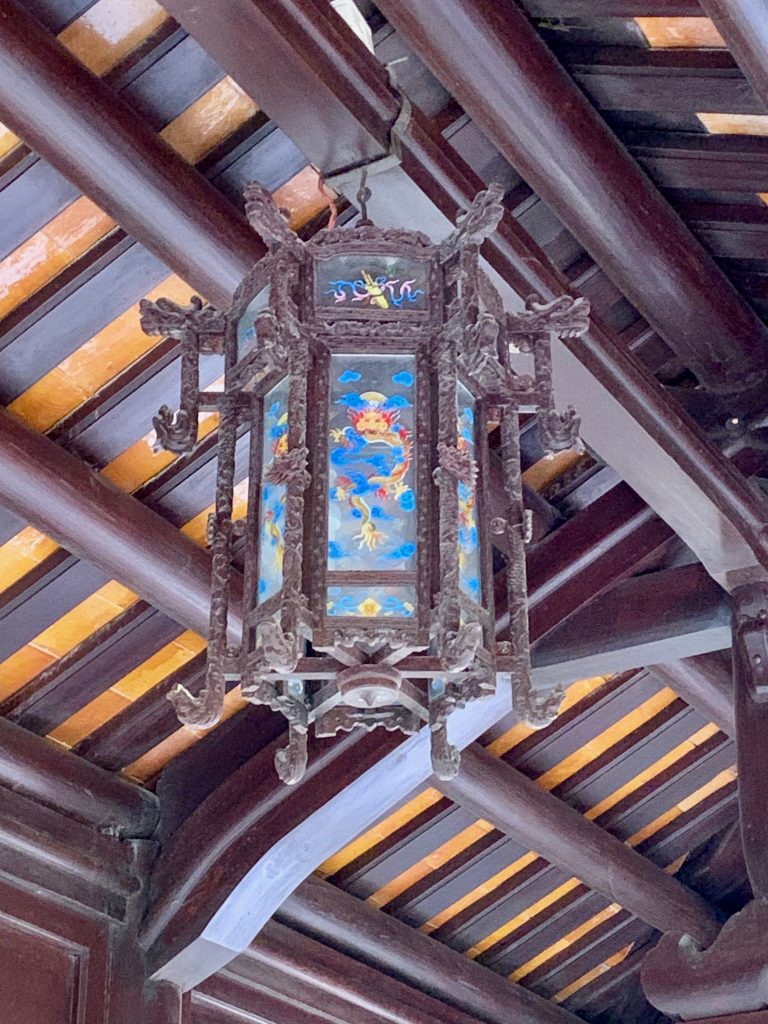
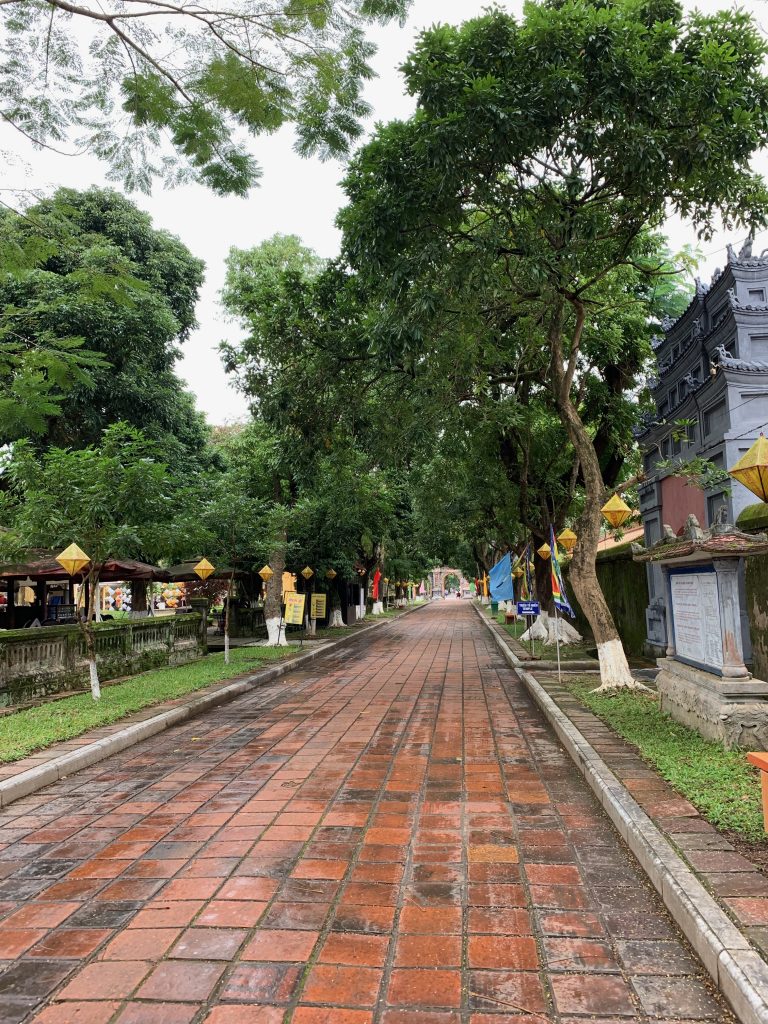
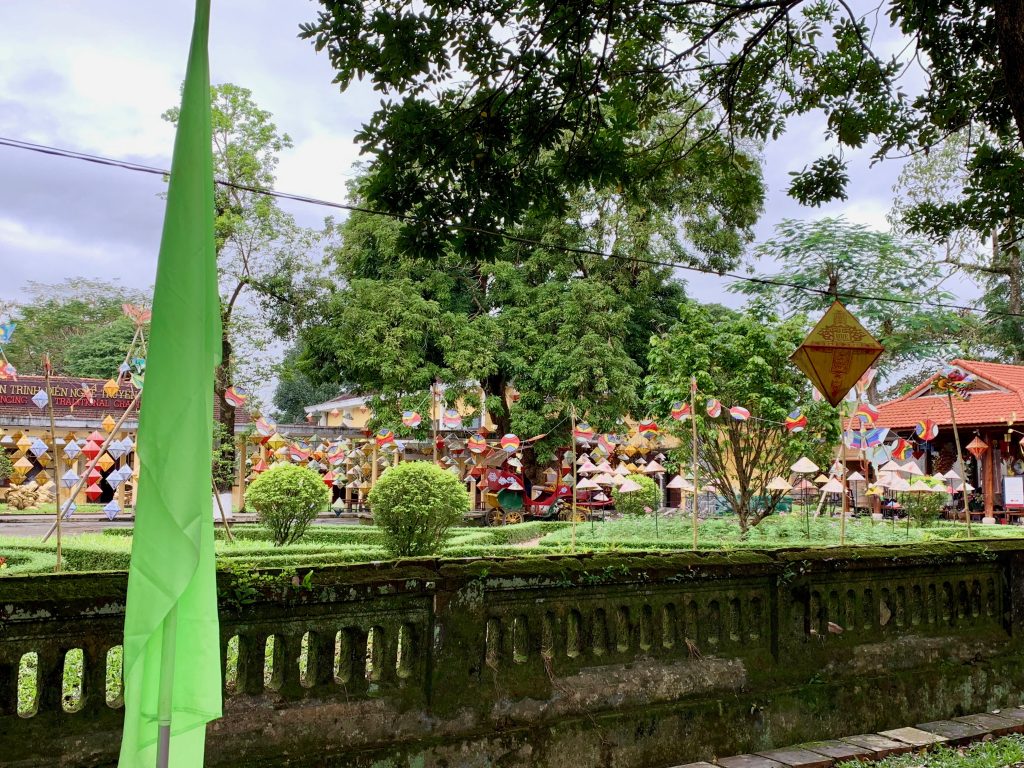
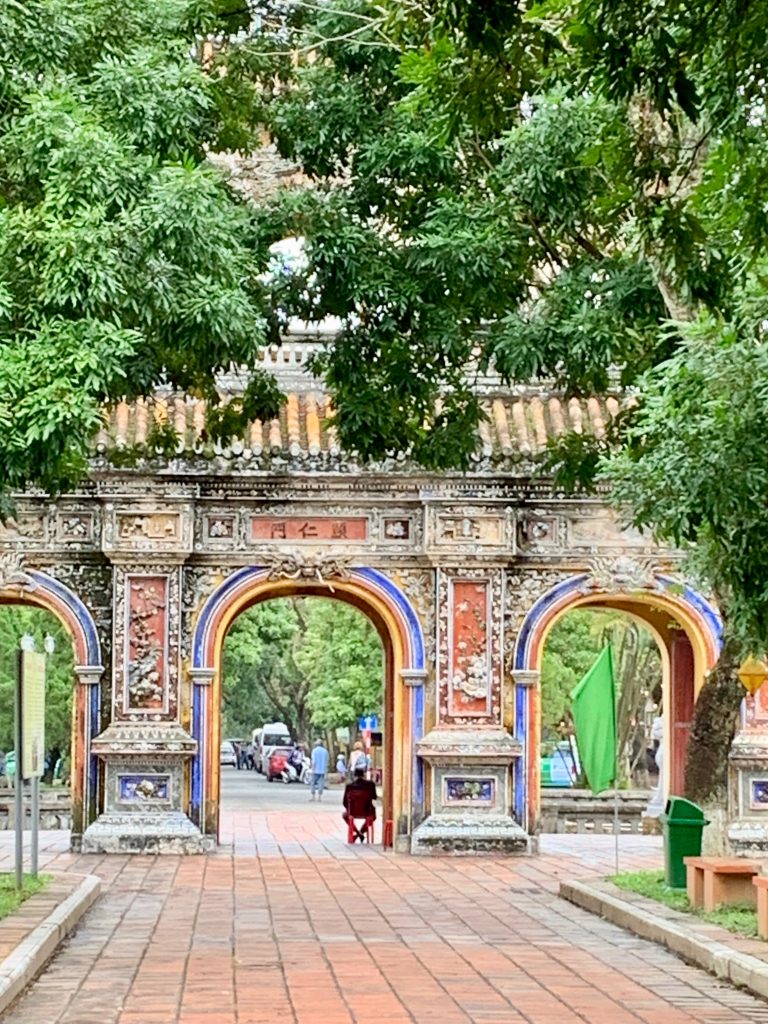
Our Seventh stop was the Thien Mu Pagoda. This historic and iconic temple is the unofficial symbol of the city of Hue. It sits on the Northern bank of the perfume river. It was built in 1601. The original temple was simply constructed and later expanded and refurbished.

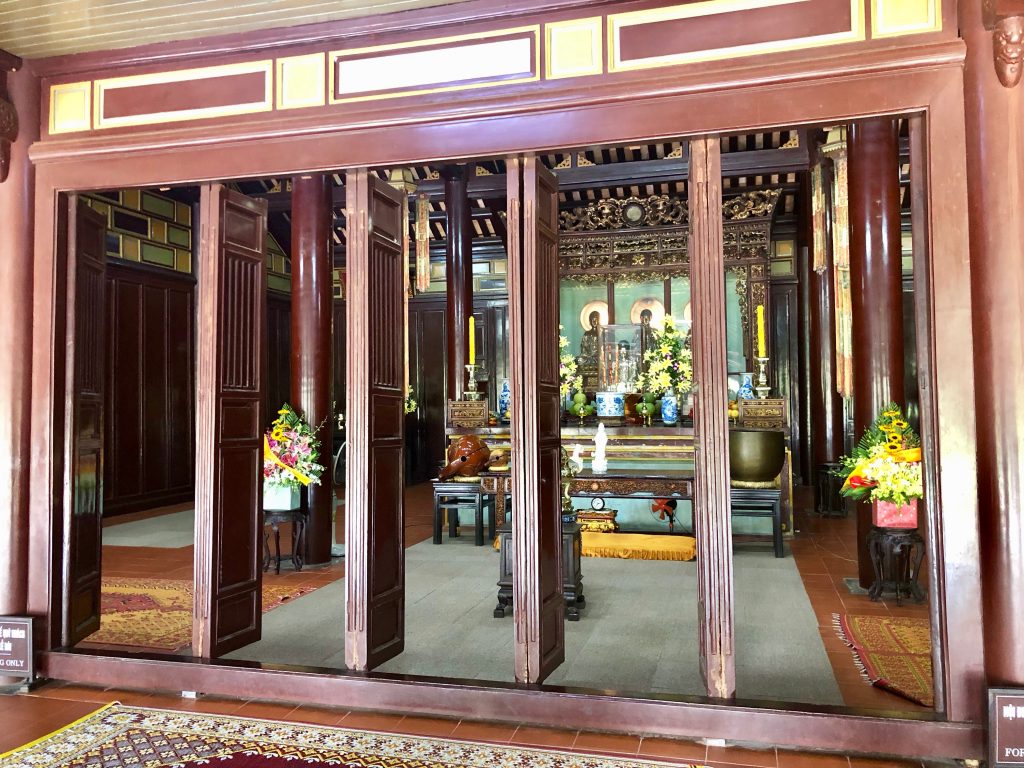
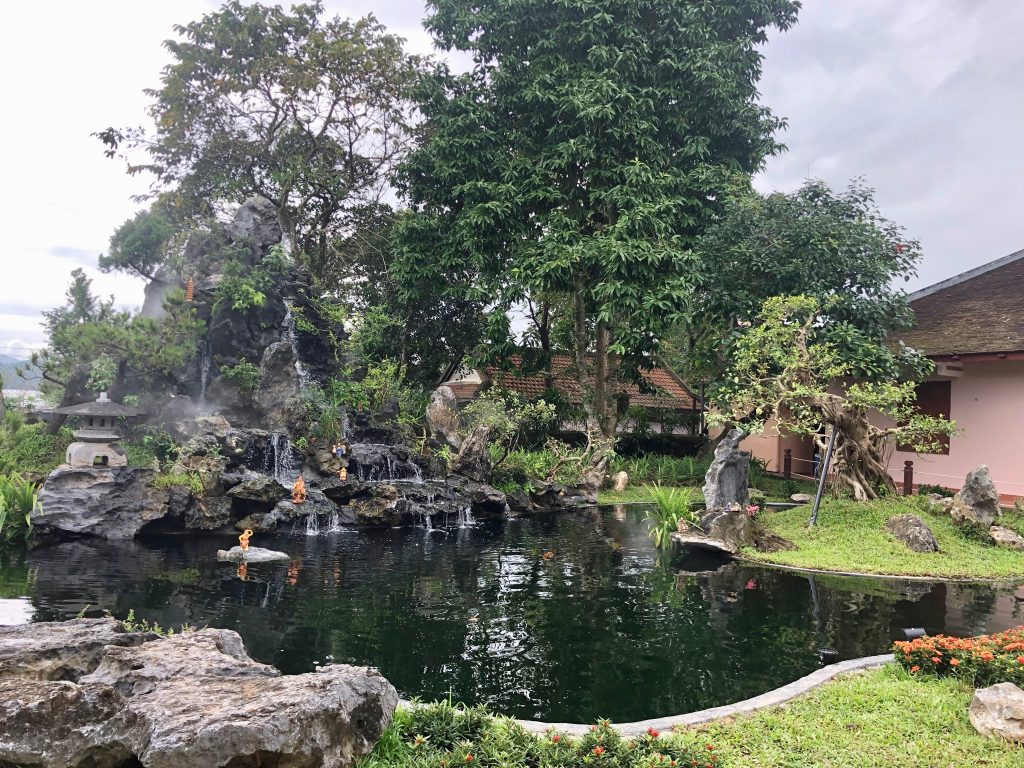
There is a Buddhist congregation that looks after the pagoda and surrounding grounds and buildings.
A building near the rear of the complex houses a national relic: the old Austin car in which the monk Thich Quang Duc rode from his temple to Saigon on June 11, 1963. He stepped out of the car in an intersection, sat down in the lotus position, and burned himself to death in protest against the regime’s violations of religious freedom.

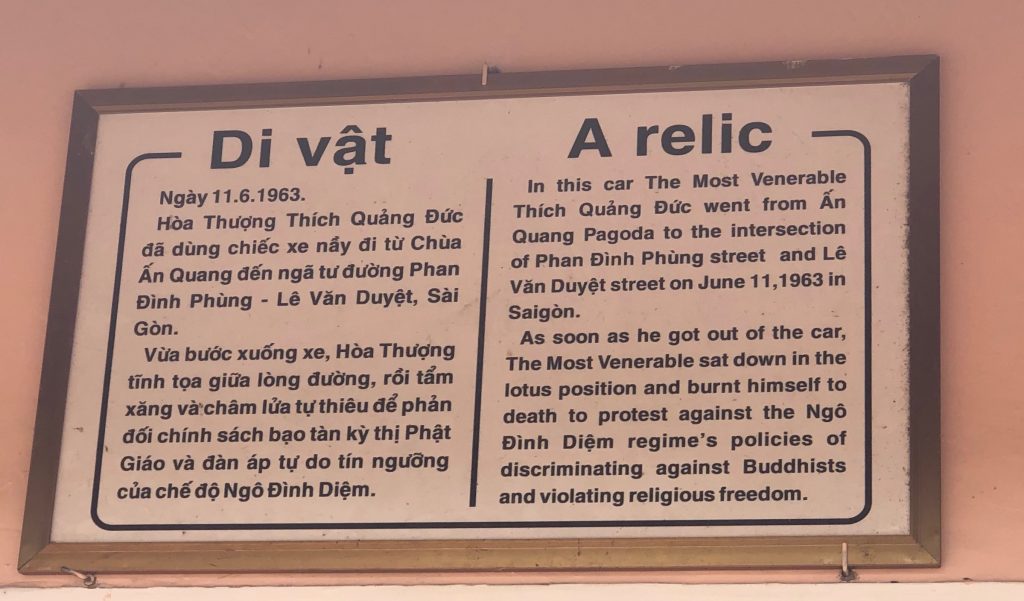

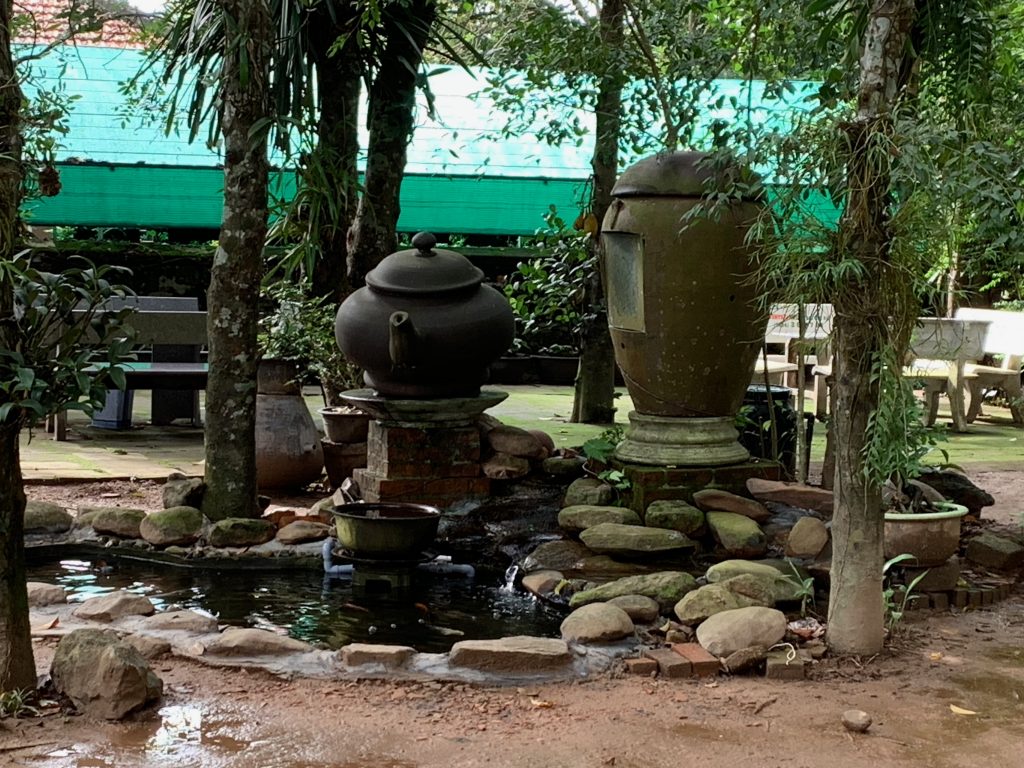
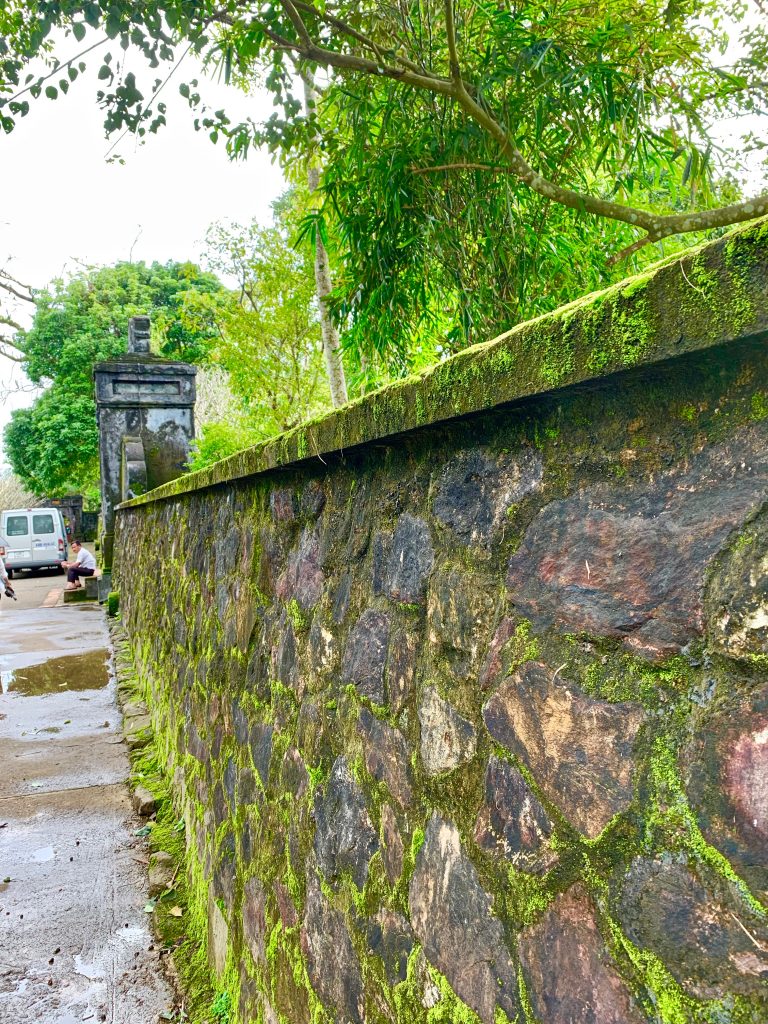
Our Eighth stop on the tour, our final stop was on the bank of the Perfume river in front of the Thien Mu Pagoda. We boarded a Dragon boat with a roof structure and headed along the river. The boat was actually the home of the Lady and Gentleman that operated it. We were solicited to buy things from their stash souvenirs. In the end we purchased a couple of fold out greeting cards. The hardest part of this trip is not buying things from the hawkers along the way. We are simply strapped for room. Two small carry on size suitcases and 2 backpacks for 2 full sized adults that need to have 72 days worth of clothing and medications etc. We are travelling light and cant be weighed down. The greeting cards worked because we’ll mail them tomorrow!
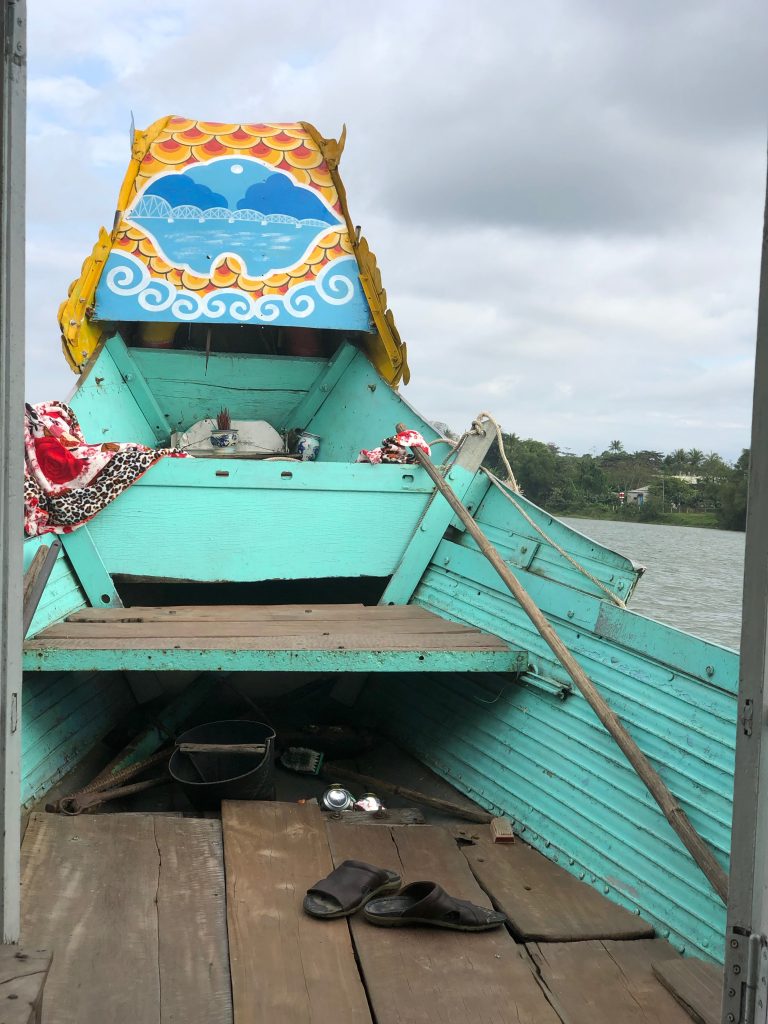
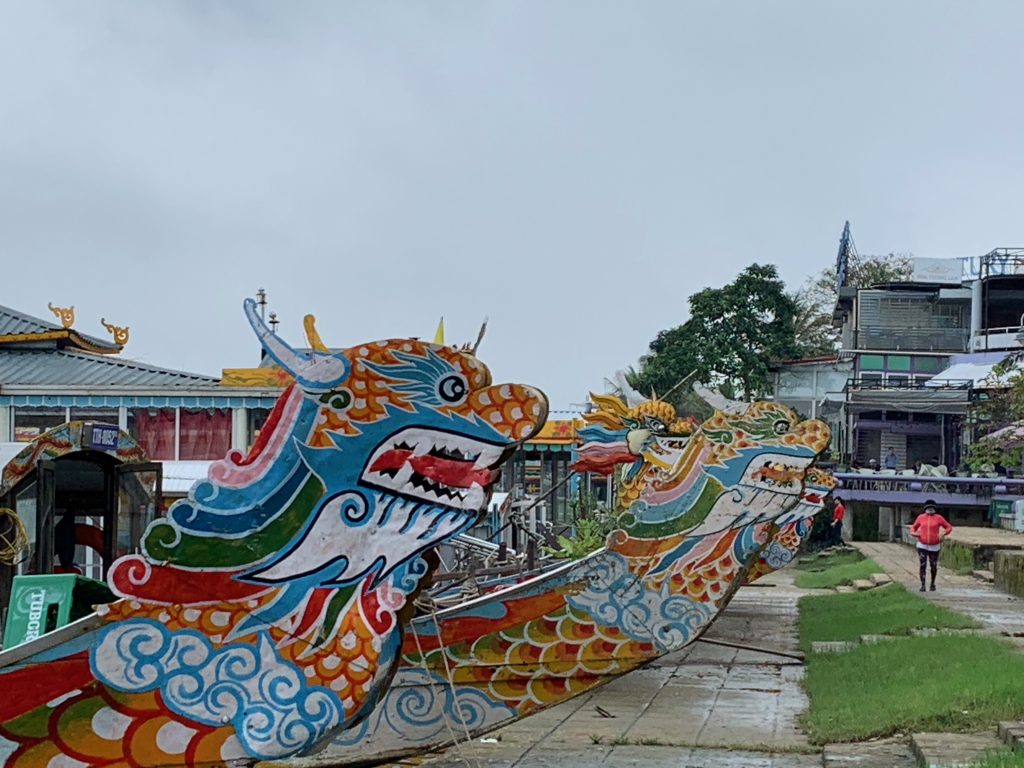
The couple that own the boat have 5 children, 25 grand children and 6 great grandchildren. The Lady entertained us as her husband navigated the river. There are many dragon boats on the river but nothing in comparison to the number of scooters on the streets of Hue or anywhere else in Vietnam. Scooters could be a complete story in itself, they are everywhere and the honk when approaching anything, including the lowly pedestrian.
